Compact urban development - new growth model for Bac Giang
BAC GIANG – Thanks to large area and dense population, the northern province of Bac Giang serves as the Northeastern gateway to Hanoi. The province prioritizes industrial development as one of its three economic pillars, alongside synchronized, modern urban expansion. Its goal is to turn urban area into economic growth hubs of the region and adjacent area.
Expanding the urban network
Covering over 89,500 hectares with a population of about 2 million and a density of 463 people per square kilometers (1.5 times higher than the national average), Bac Giang currently has 17 urban centers. Most are concentrated in Bac Giang City, Viet Yen township and the districts of Hiep Hoa and Lang Giang.
 |
|
Perspective view of Van Ha Ecological Urban Area in Viet Yen Township. |
Only Bac Giang City meets the area requirements for upgrading to a first class urban area especially after merging with Yen Dung district.
In recent years, local authorities have focused on urban planning and policy-making to foster development. As a result, public awareness and responsibility toward urbanization have improved, urban spaces have expanded, living standards have risen and landscapes have become more modern and harmonious with nature.
Urban master plans now cover 100% of designated areas. Detailed planning coverage in Bac Giang City and Viet Yen township has reached about 85%, and about 43% in other urban centers.
Over the past three years, Bac Giang has attracted 151 urban and residential projects, covering about 2,200 hectares with a total investment of approximately 33,000 billion VND (1.43 billion USD). This has helped raise the urbanization rate from 21.7% in 2021 to 57.13% in 2024, surpassing the target by 24.73%.
A new urban development direction
Bac Giang is home to 37 universities, colleges, and vocational training centers, along with 16 industrial parks and 55 industrial clusters. By 2030, the province plans to have 29 industrial parks and 63 clusters, alongside new commercial centers, hospitals and social housing projects.
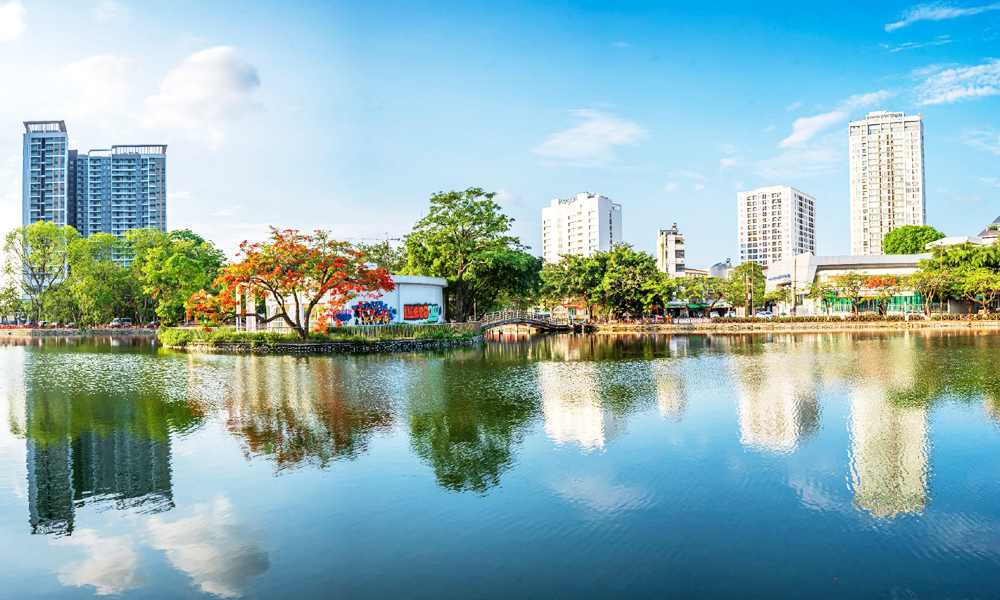 |
|
High-rise apartment buildings in Bac Giang City. |
The influx of workers and students will drive strong demand for housing, education, healthcare, commerce, and services. Bac Giang is also being shaped as a key economic and political hub of the Northeast and a gateway to Hanoi.
While the "compact urban" model is relatively new in Vietnam, it has been implemented for years in countries like South Korea and Singapore. Compact cities feature high population density, limited land use, vertical development, clear boundaries and comprehensive services.
Recognizing these advantages, on April 9, the provincial People's Committee issued directives to adopt this new urban development model. Bac Giang plans to build compact urban areas with synchronized infrastructure, focusing on ecological, smart, and modern cities that support logistics, science and technology, innovation, digital transformation, commerce and night-time economies.
With a clear vision, strong government commitment, and public support, Bac Giang expects that after the planned merger with Bac Ninh province, many modern, civilized compact cities will emerge, further driving sustainable socio-economic development in the region.
 Bắc giang
Bắc giang
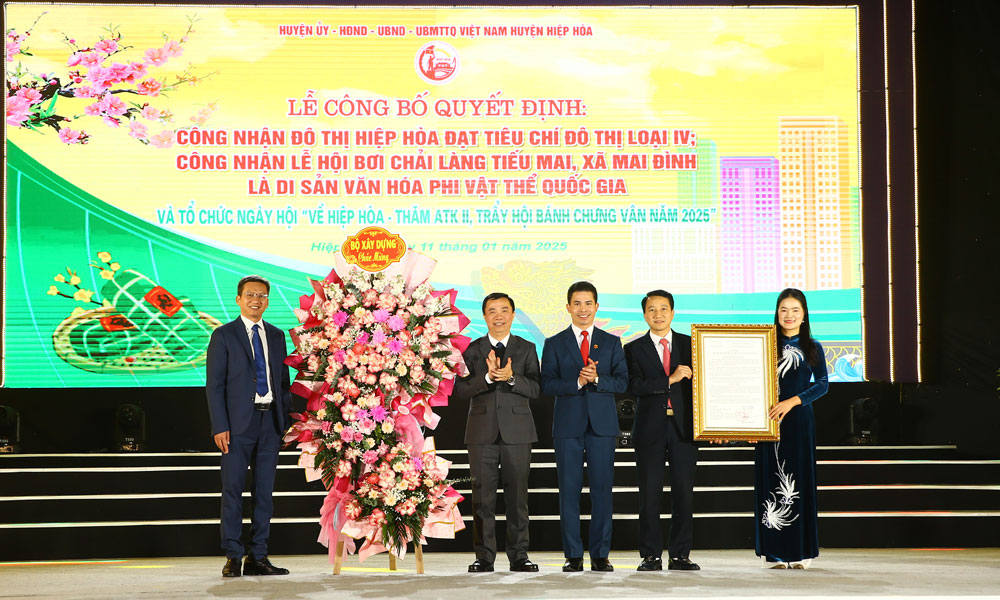

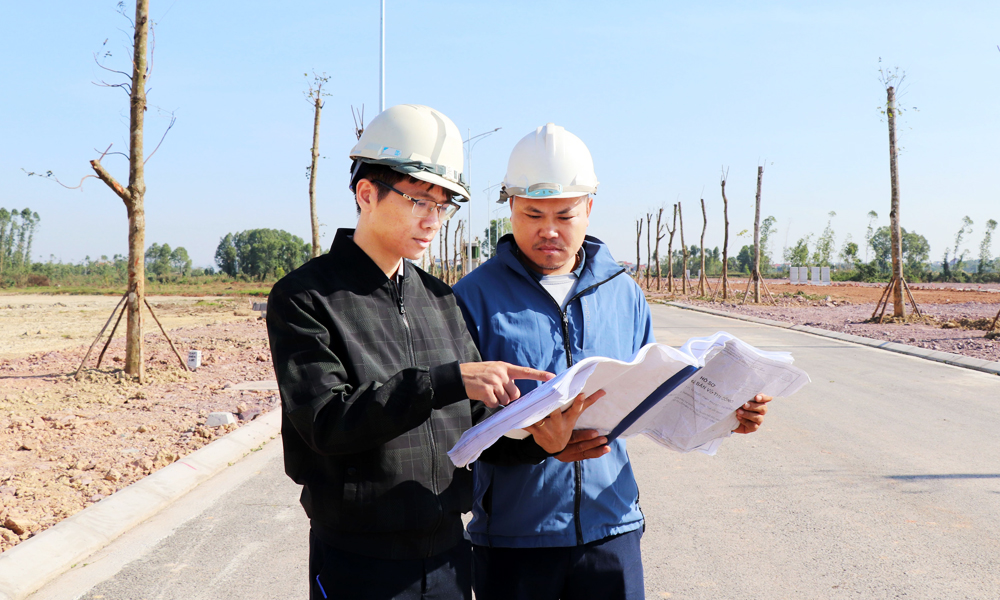
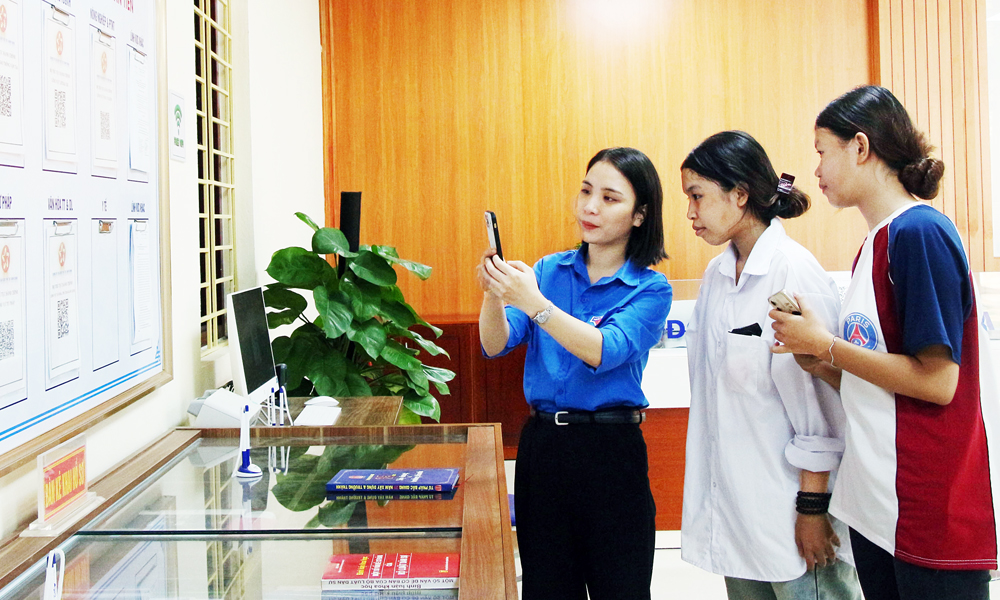






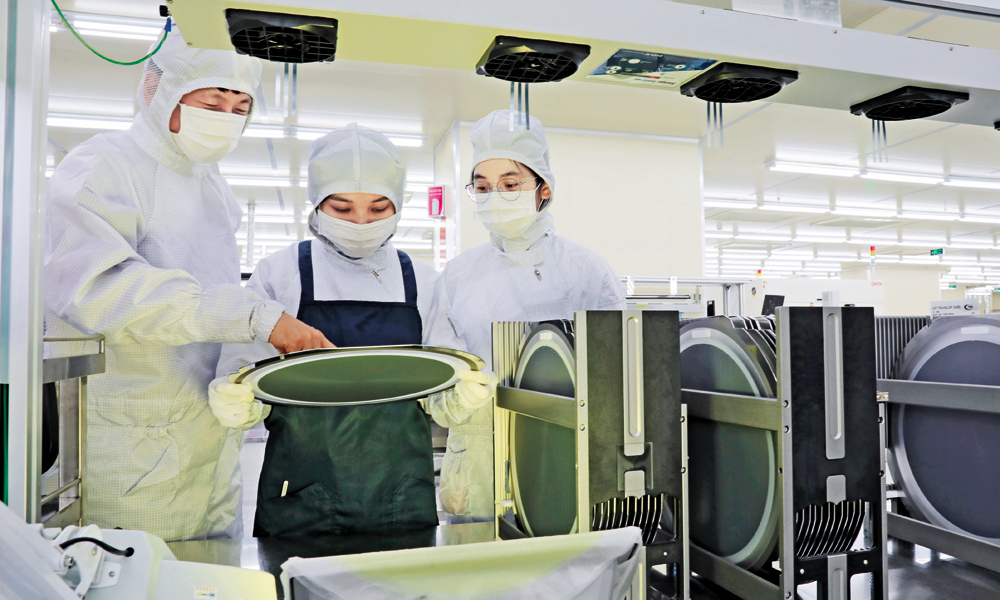


Reader's comments (0)